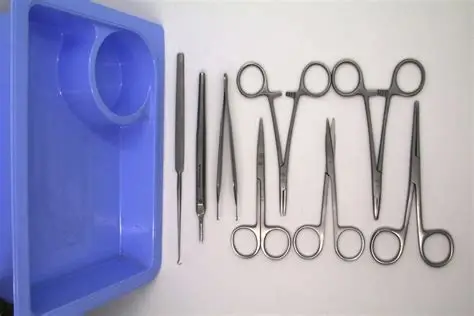What is Hysteroscopy?
Hysteroscopy is a procedure that allows direct visual inspection of the inside of the uterus (womb) using a thin telescope-like camera. At Almond Blossoms, it is performed either under anesthesia or as an outpatient (office) procedure, depending on the indication and your comfort. Sterile water is gently infused to expand the uterus and allow your doctor to examine the cavity. The aim is to detect and, if needed, treat abnormalities such as: Polyps, Fibroids, Uterine adhesions (Asherman’s Syndrome), Septa or other congenital anomalies.
Hysteroscopy Under Anaesthesia / Outpatient (Office) Hysteroscopy
For certain patients, the procedure is done under light sedation or general anaesthesia: A small instrument is inserted through the cervix after gentle dilation. The uterus is inspected and, if necessary, minor abnormalities are corrected. Patients go home the same day. Risks (rare, <0.5%) include: Infection (uterus/fallopian tubes), Bleeding or allergic reaction, Uterine perforation, with possible damage to nearby organs, Incomplete procedure if access to the uterine cavity fails. Aftercare: Mild cramping or bleeding (pink or red) for up to 2–4 days is normal. You will be given pain relief to take home. Contact the clinic if bleeding becomes heavy, has a bad smell, or is accompanied by strong pain or fever. Outpatient or “office” hysteroscopy is a less invasive version using a very thin camera: No anaesthesia or fasting required, You can drive and return to work the same day, Mild cramping (like period pain) may occur in ~30% of cases, Taking 1g Paracetamol or 400mg Ibuprofen an hour beforehand is advised. Advantages: Shorter recovery, Minimal risk of complications, Ideal for diagnostic purposes or minor issues, 2–5% of women may experience temporary nausea that resolves within minutes.
Who Can Benefit / IVF Success / Precautions
Hysteroscopy is recommended for patients with: Recurrent implantation failure or biochemical pregnancies, Previous uterine surgery (D&C, fibroid resection, septum removal), Difficult embryo transfers or uterine anomalies, Unexplained abnormal bleeding, Recurrent miscarriage. Yes, in selected patients. Even if the uterine cavity appears normal, hysteroscopy can: Slightly “scratch” the endometrium, improving implantation rates, Dilate the cervix, facilitating future embryo transfers, Detect and repair uterine anomalies. Although not universally recommended for all IVF patients, studies show individualized use may support better outcomes in selected cases. To avoid disrupting a very early pregnancy, use barrier contraception (condoms) during the cycle prior to the procedure unless otherwise advised. References: Kozachenko IF et al. Hysteroscopy Before IVF: Safety and Diagnostic Value. J Minim Invasive Gynecol. 2015. Taşkın EA et al. Hysterosalpingography vs. Hysteroscopy in ART. Fertil Steril. 2011.

Sed ut perspiciatis unde omnis iste natus error sit voluptatem
Book a private session with our fertility experts or psychologists. We’ll listen, understand your needs, and help you take the first step toward care that’s truly tailored to you.
We offer advanced fertility and psychological assessments to better understand your reproductive or emotional health- laying the groundwork for a plan that fits you.
Based on your needs, we design a plan that’s medically sound, emotionally supportive, and completely customized- whether you’re pursuing treatment, therapy, or both.
With expert care and a compassionate team by your side, you’ll begin a journey that supports your body, your mind, and your future- every step of the way.
Experience compassionate, professional support to overcome emotional struggles, build resilience, and restore mental well-being.



